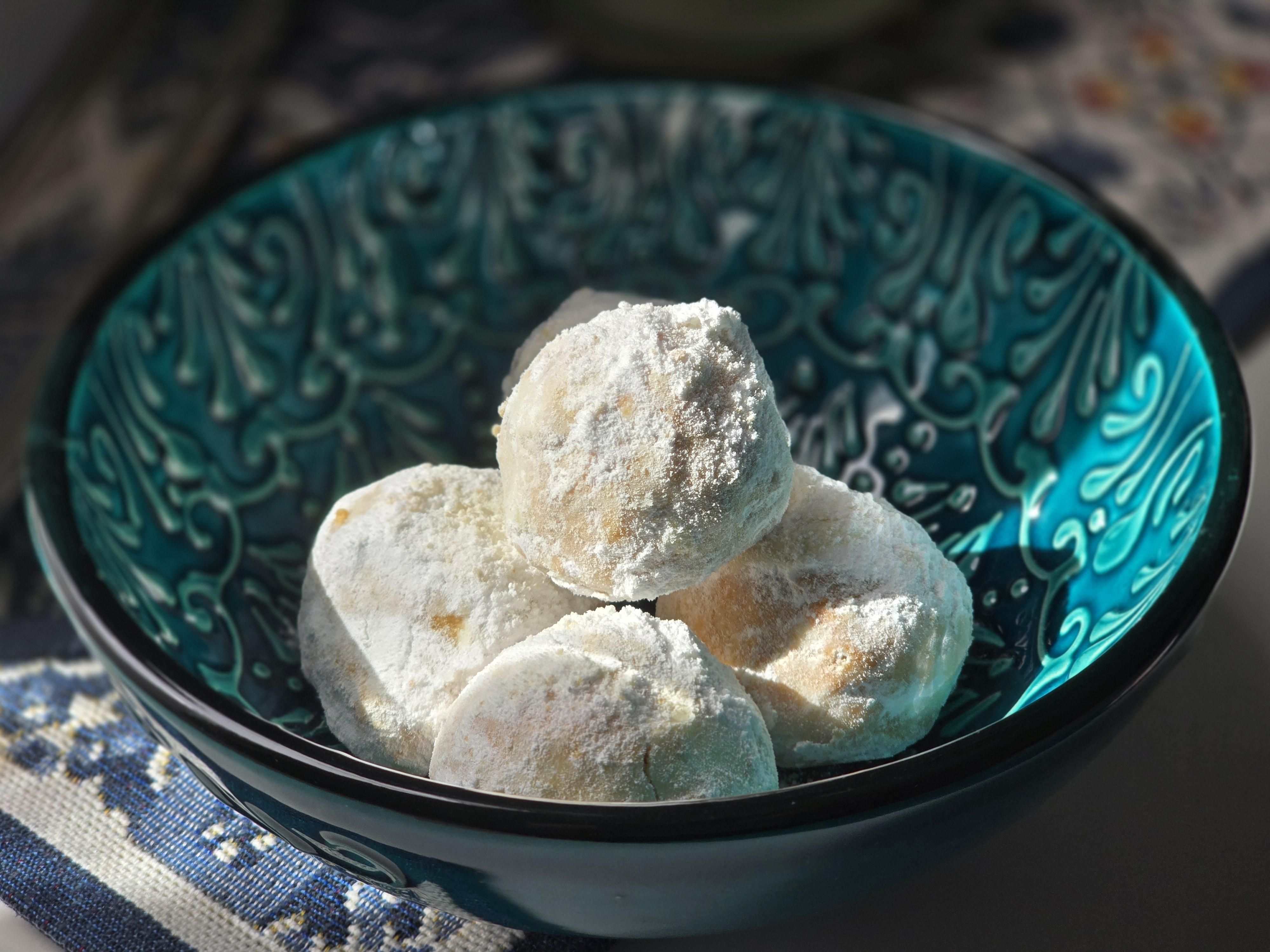Few moments are as comforting as waking up on Eid morning – after a month of fasting – and biting into a warm, buttery kahk biscuit coated in snowy icing sugar.
How to Make Authentic Kahk This Eid (Because Store-Bought Just Sucks)
March 28, 2025



